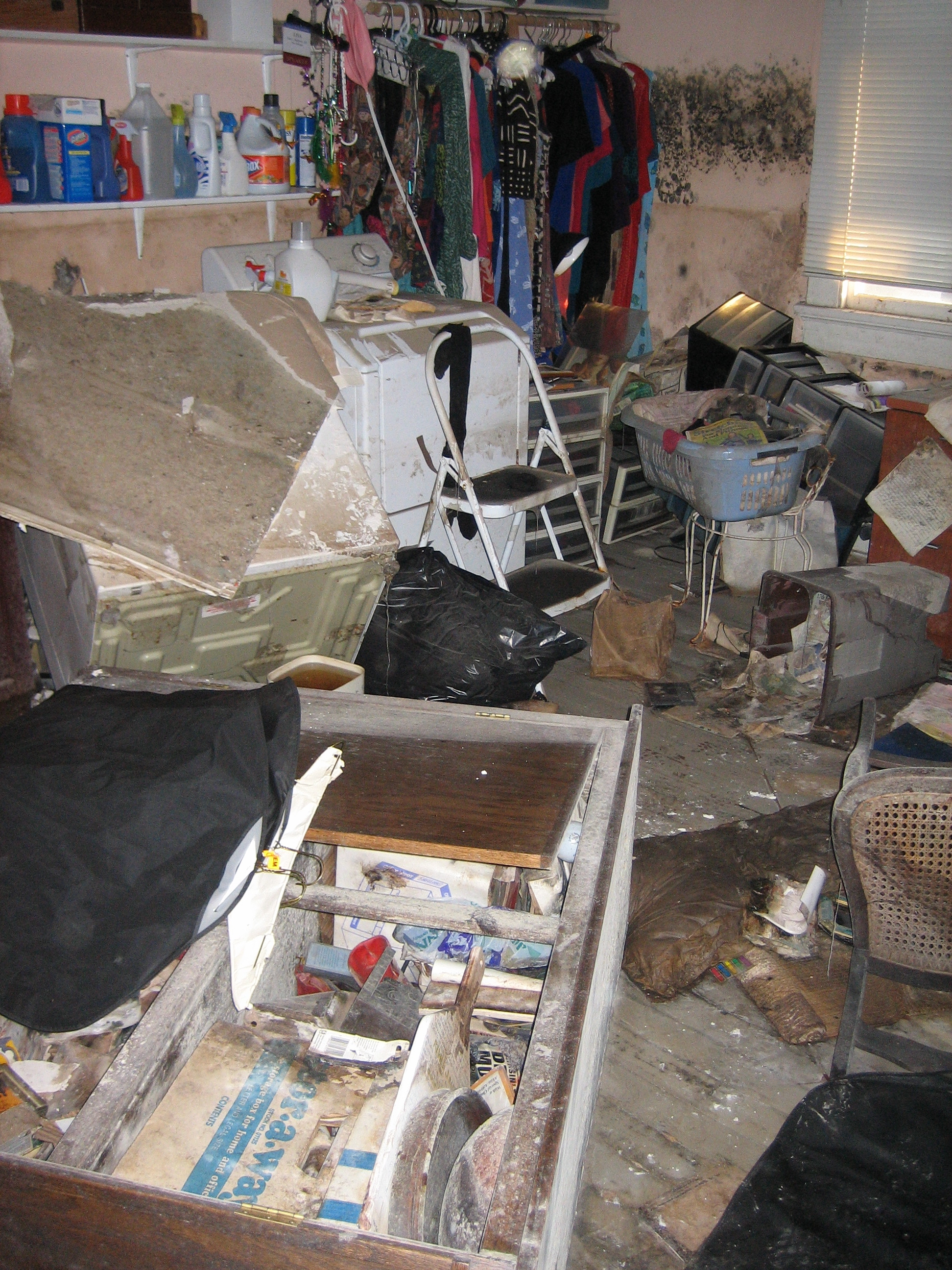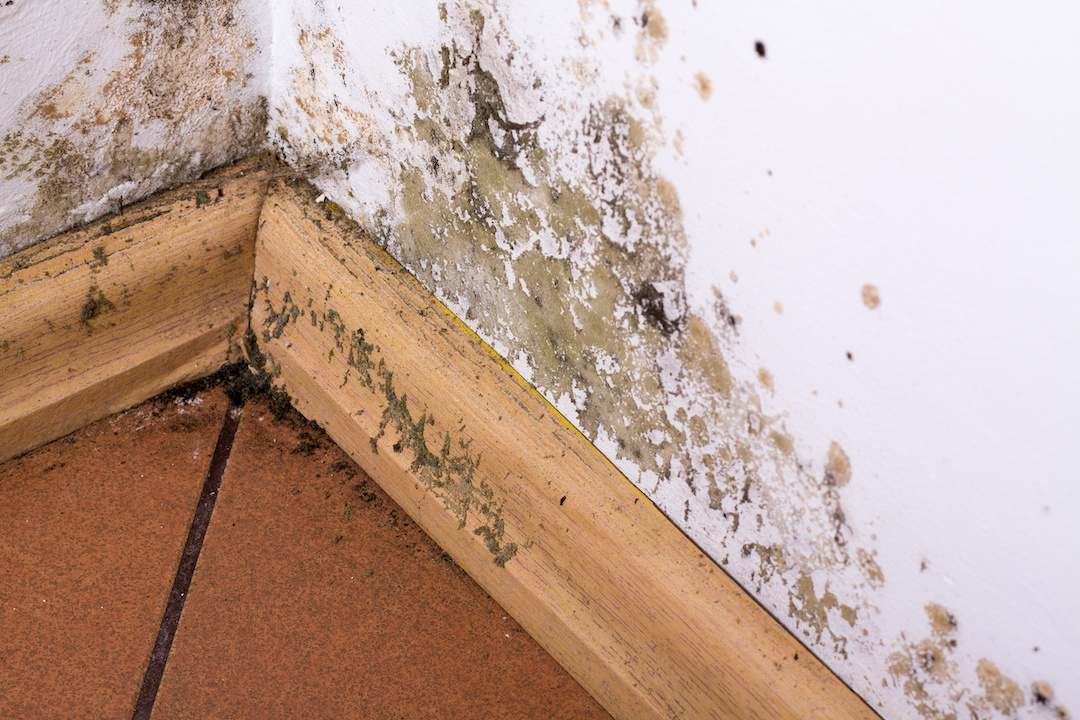Emergency Water Damage Restoration to Restore Your Property Quickly
The Process of Water Damage Cleanup: Ensuring Your Home Is Brought Back Effectively
Water damage can be an overwhelming challenge for home owners, demanding a thorough and organized cleanup process to restore security and functionality. damage restoration services. Following this, effective water removal strategies play an essential role in alleviating further injury.
Evaluating the Damage
Upon finding water damage, the very first step is to extensively analyze the degree of the impact. This initial assessment is essential, as it assists determine the needed actions for reliable cleaning and restoration. Begin by checking the affected areas, consisting of walls, ceilings, floorings, and personal possessions, to recognize the source of the water intrusion, whether from flooding, leakages, or condensation.
Documenting the damage is important for both insurance coverage cases and planning restoration efforts - damage restoration services. Usage photographs and composed notes to record the extent of the damages, keeping in mind any kind of affected architectural elements and materials. Pay unique attention to areas that may not be promptly noticeable, such as behind wall surfaces and under rugs, as concealed wetness can cause additional difficulties, consisting of mold development
Additionally, analyze the timeline of the water exposure. The longer the products continue to be wet, the greater the potential for damage. Understanding the period of exposure will educate the necessity of removal efforts. Inevitably, a detailed evaluation prepares for an effective water damage clean-up process, making certain that all influenced areas are addressed properly and completely.
Water Extraction Techniques

Specialists typically use submersible pumps for bigger volumes of water, which can promptly relieve flooding in cellars or other impacted locations. For smaller sized quantities, wet/dry vacuums are often used to draw out recurring dampness from rugs and difficult surface areas. Additionally, using mobile extractors enables targeted elimination in constrained rooms or locations with delicate materials.
In circumstances of contaminated water, such as sewer or floodwater, progressed extraction methods may entail making use of biohazard equipment to make certain safety and conformity with wellness policies. High-powered removal tools are vital in lessening water retention in structural products, which can bring about mold development and architectural wear and tear if not dealt with quickly.
Inevitably, the performance of water extraction strategies plays a critical function in the total success of the water damages clean-up procedure, preparing for subsequent reconstruction initiatives.
Drying and Dehumidification
When standing water has actually been effectively removed, the next important stage in the water damages cleanup procedure is drying and dehumidification. This action is necessary to stop further damages and mold growth, which can happen within 24 to two days in moist settings.
To attain efficient drying out, specialized tools such as industrial-grade air movers and dehumidifiers is employed. Air moving companies distribute air why not look here across damp surfaces, boosting evaporation rates, while dehumidifiers decrease humidity levels in the air, advertising a conducive atmosphere for drying. The mix of these devices makes certain that moisture is drawn out from floors, wall surfaces, and home furnishings, allowing them to dry extensively.
It is essential to keep an eye on the drying procedure closely. Specialists typically make use of moisture meters to evaluate the wetness web content in different materials, guaranteeing that all affected locations reach acceptable dry skin degrees. This precise method helps to stop hidden wetness pockets that could cause architectural damage or unhealthy mold development.

Cleansing and Sterilizing
After the drying out and dehumidification phase is full, the next vital step in water damages cleaning is cleaning up and sanitizing the impacted locations. This process is critical to avoid the development of mold, microorganisms, and other microorganisms that grow in wet atmospheres.
The cleansing phase typically includes eliminating any debris, dust, and contaminants from surface areas using specialized cleaning representatives. For difficult surfaces, a mix of soap and water or business cleansing products is usually utilized. Soft materials, such as furniture and carpets, might require much more comprehensive cleansing methods, including heavy steam cleaning or deep removal techniques, to make certain extensive hygiene.

Sanitizing complies with cleansing, using EPA-approved anti-bacterials to get rid of dangerous bacteria. This action is visit here important, particularly in locations that might have entered contact with floodwaters or sewer, as these sources can pose significant wellness risks.
Furthermore, it is very important to address any type of continuing to be smells, which might call for making use of smell neutralizers or innovative methods like ozone treatment. Appropriate cleaning and sterilizing not only restore the safety and security and health of your home yet additionally lay the groundwork for effective repair and repair work in subsequent phases of the water damages cleanup procedure.
Restoration and Repair Work

When the Discover More analysis is total, remediation initiatives can start. Additionally, floor covering might need comparable attention, depending on the level of water direct exposure.
It is critical to engage skilled restoration experts during this process, as they possess the know-how to deal with complex repair work successfully. They can aid alleviate prospective future problems, such as mold development or architectural instability, hence making certain a habitable and secure living environment. Eventually, effective repair and repairs recover the home's integrity and improve its overall value.
Final Thought
To conclude, the procedure of water damages cleaning is critical for recovering a home to its pre-damage condition. Each phase, from evaluating the damages to implementing reliable water removal strategies, complied with by extensive drying, sanitizing, and required repair work, plays a crucial duty in making sure security and conformity with structure criteria. Effective execution of these actions not just minimizes immediate damage however also boosts the lasting stability and worth of the building.
Water damage can be a complicated challenge for home owners, requiring a structured and careful cleanup procedure to recover safety and security and capability. Eventually, a detailed assessment lays the foundation for a successful water damages clean-up procedure, making sure that all affected locations are attended to effectively and completely.
Efficient water removal strategies are important in alleviating damages and avoiding additional difficulties following a water breach event.In verdict, the procedure of water damage clean-up is critical for bring back a home to its pre-damage condition. Each stage, from analyzing the damages to executing effective water extraction methods, adhered to by comprehensive drying out, sterilizing, and needed fixings, plays an essential role in ensuring security and conformity with structure requirements.